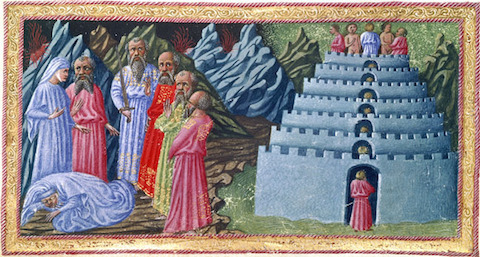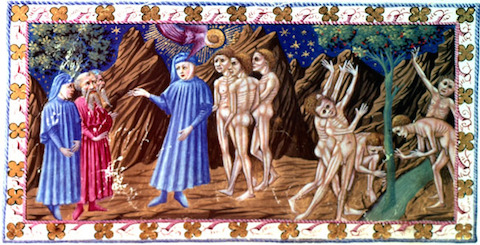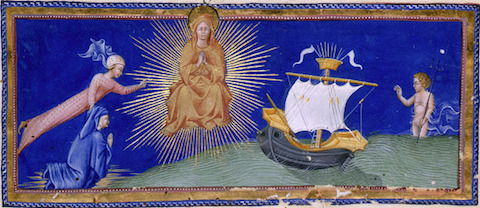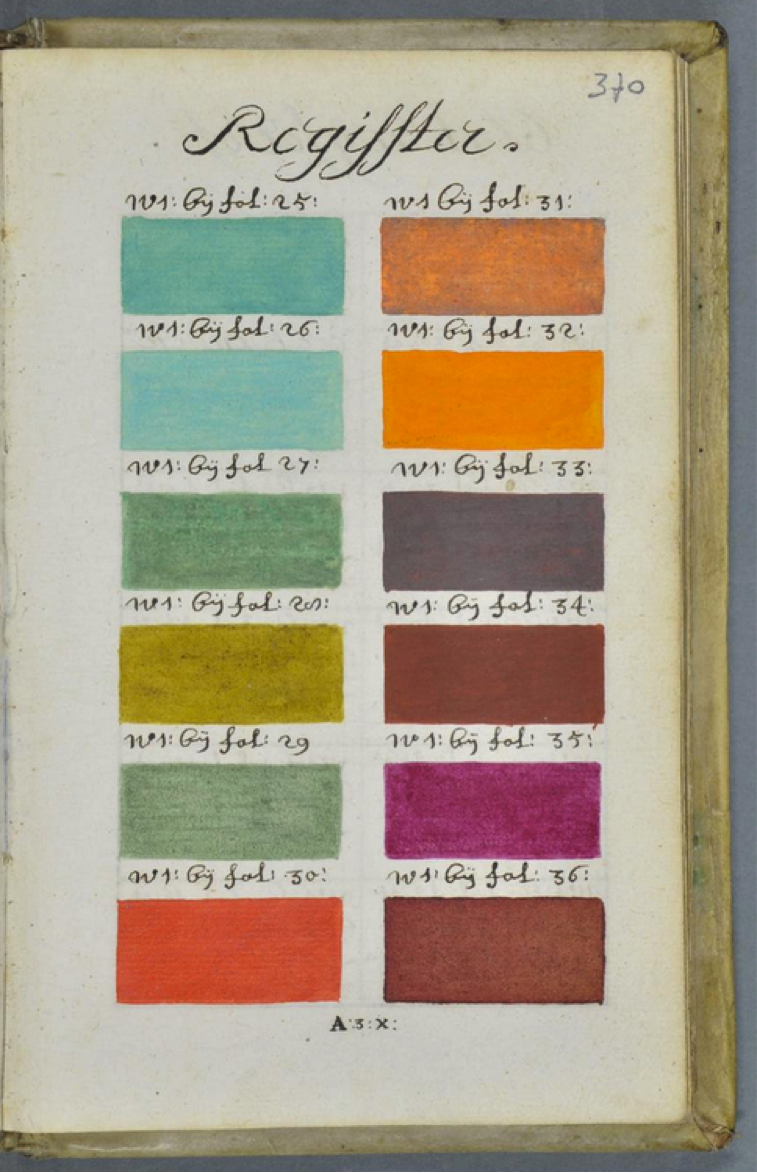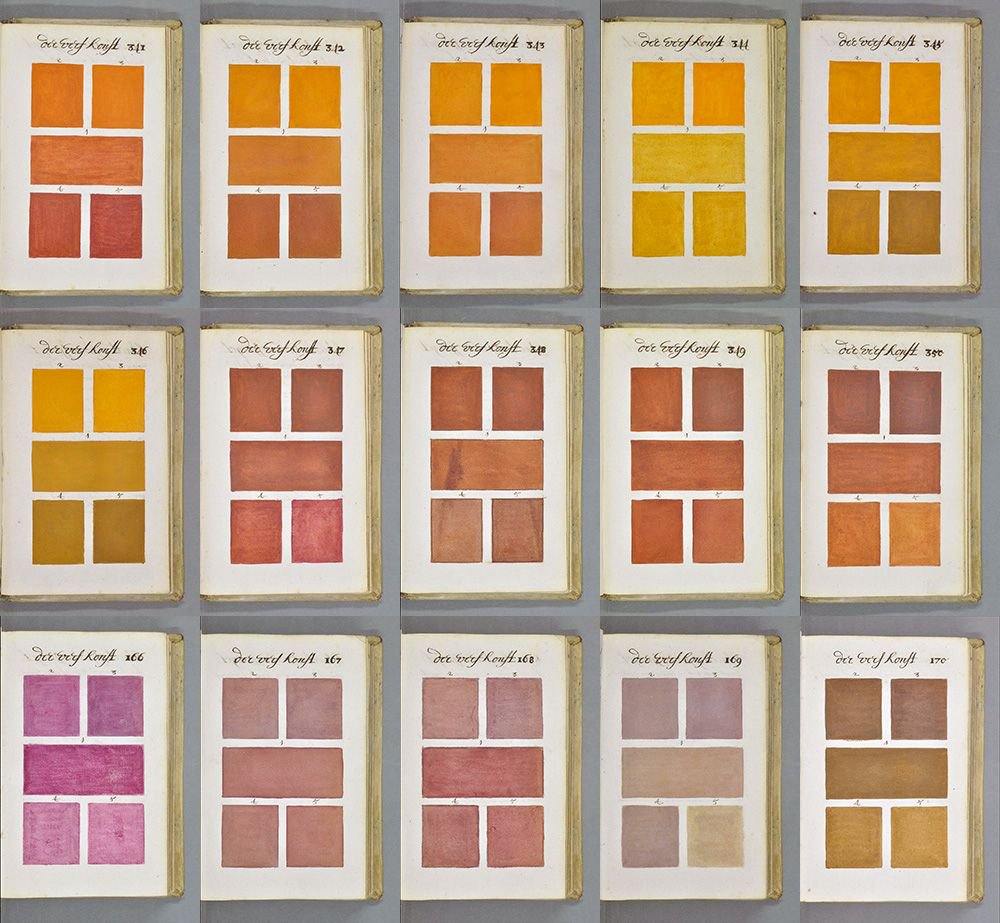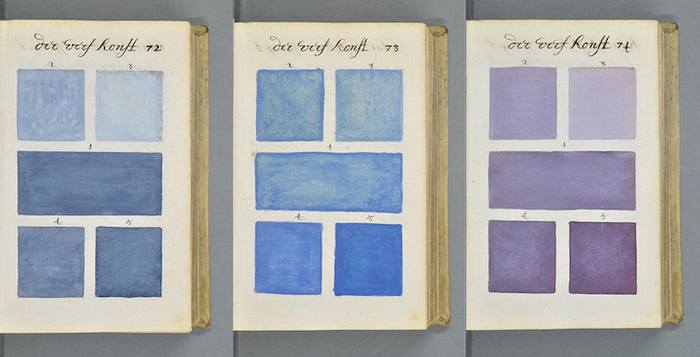If asked to explain the art movement known as Dada, I’d feel tempted to quote Louis Armstrong on the music movement known as jazz: “Man, if you have to ask, you’ll never know.” But maybe I’d do better to sit them down in front of the half-hour documentary The ABCs of Dada. They may still come away confused, but not quite so deeply as before — or maybe they’ll feel more confused, but in an enriched way.
Even the video, which gets pretty thorough about the origins of and contributors to Dada, quotes heavily from the relevant Wikipedia article in its description, framing the movement as “a protest against the barbarism of World War I, the bourgeois interests that Dada adherents believed inspired the war, and what they believed was an oppressive intellectual rigidity in both art and everyday society.” They came to the conclusion that “reason and logic had led people into the horrors of war, so the only route to salvation was to reject logic and embrace anarchy and irrationality.” So there you have it; don’t try to understand.
Perhaps you remember that vintage Onion article, “Republicans, Dadaists Declare War on Art,” satirizing, among other things, the way proponents of Dada called its fruit not art, but “anti-art.” They made it deliberately meaningless where “real” art strove to deliver messages, deliberately offensive where it strained to appeal to common sensibilities. The ABCs of Dada examines Dada through a great many of these Dadaists themselves, such as Sophie Taeuber-Arp, a teacher and dancer forced to wear a mask for her Dada activities due to the group’s scandalous reputation in the academy; architect Marcel Janco, who remembers of the group that “among us were neither blasé people nor cynics, actors nor anarchists who took the Dada scandal seriously”; and “Dada-marshal” George Grosz, who declared that “if one calls my work art depends on whether one believes that the future belongs to the working class.” You can find further clarification among UBUweb’s collection of Dada, Surrealism, & De Stijl Magazines, such as Zurich’s Cabaret Voltaire and Berlin’s Der Dada. Or perhaps you’ll find further obfuscation, but that aligns with the Dada spirit — in a world that has ceased to make sense, so the Dadaists believed, the duty falls to you to make even less.
Related Content:
William S. Burroughs on the Art of Cut-up Writing
Anémic Cinéma: Marcel Duchamp’s Whirling Avant-Garde Film (1926)
Man Ray and the Cinéma Pur: Four Surrealist Films From the 1920s
Colin Marshall hosts and produces Notebook on Cities and Culture and writes essays on cities, language, Asia, and men’s style. He’s at work on a book about Los Angeles, A Los Angeles Primer. Follow him on Twitter at @colinmarshall or on Facebook.
